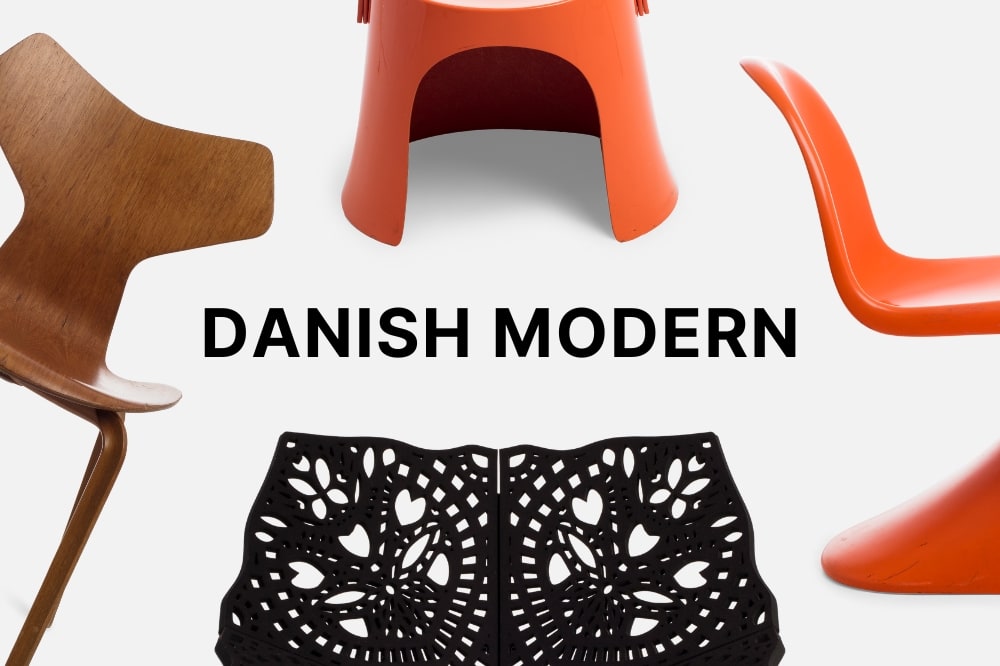
The transformation from designer to manufacturer
The transformation from designer to manufacturer
Swedish furniture designers, from Bruno Mathsson to Nirvan Richter, have historically managed both creation and production, forging a legacy of quality and sustainability. This article explores how their hands-on approach has shaped the enduring success of Swedish design.
Some of the best-known Swedish furniture designers from the 1940s and 50s had one thing in common. They were running their own production. Bruno Mathsson, Yngve Ekström and Karl-Erik Ekselius were three designers who, besides creating their remarkable furniture, also executed the manufacturing and marketing in their own rights. By taking total control of the chain from idea to the customer, they managed to adopt a holistic perspective to their works and brands. This is probably one explanation for their importance and long-term successes. The Finnish architects Aino Aalto and Alvar Aalto shared the same experience as co-founders of the company Artek back in 1935.
During the 1980s postmodern design boom, designers, in general, became more artistic-focused and less production-orientated. A wide gap occurred between the small-scale, craftily limited-edition objects and the furniture designed for mass production. In many ways, the object itself became the main focus, while the functional-rational side lost attraction.
In this climate, some freelance designers felt they were trapped in stagnant collaborations with mainstream manufacturers, unable to develop their more unconventional ideas. In some cases, this frustration led to the foundation of manufacturers owned and run by designers.
In 1985, the Swedish architect and cabinet maker Åke Axelsson (b.1932) founded the family business Galleri Stolen. This company started manufacturing Axelsson’s wooden chairs and tables, and the brand became highly appreciated by architects and the contract market. Axelsson’s approach to manufacturing is traditional craft combined with small-scale industrial production. In 2003, Galleri Stolen acquired the high-quality manufacturer Gärsnäs, for which Åke Axelsson previously worked as a freelance designer. Twenty years later, Gärsnäs is still run by the Axelsson family.
In 1986, after 30 years of successful freelance collaboration with the manufacturer Lammhults, the acclaimed Swedish designer Börge Lindau (1932–1999) decided to found the company Blå Station with his family. The company’s first design concept, a collection of chairs and stools, was based on a circular frame of laminated birch wood and stainless steel. Since Börge Lindau's death in 1999, two of his children have successfully run the company. Blå Station is today an internationally acclaimed brand in the design furniture community with design management that maintains high standards.
Nirvan Richter (b.1954) is another Swedish architect and cabinet maker who manufactures his own designs. Richter established the company Norrgavel in 1994, developing a collection of interior products within a holistic solid concept. Today, Norrgavel is regarded as one of Sweden’s most sustainable brands, known for developing furniture of top-quality and with good functionality. All products are marketed and distributed by Norrgavel´s own shops in Sweden and Norway. Through this setup, Nirvan Richter gets control and responsibility for his design all the way.
This article was written by Lars Bülow








































































